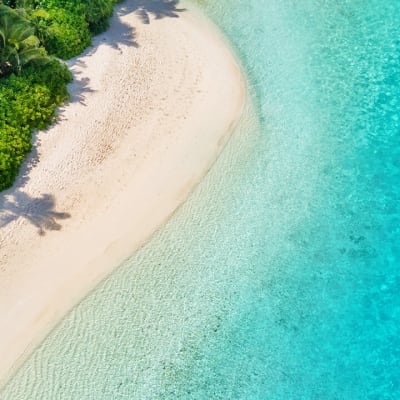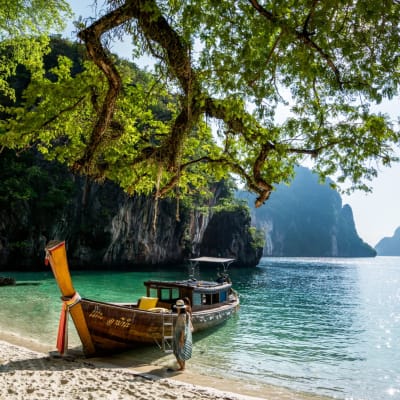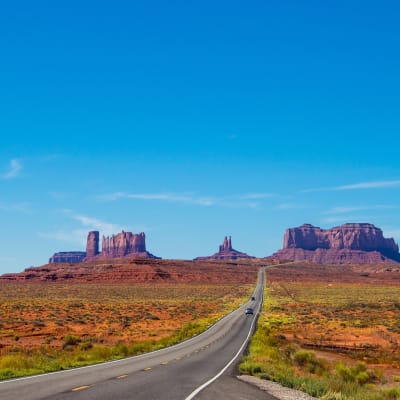Overview
Historically, Belgium’s fertile lands have been hotly contested by France, The Netherlands, Germany, Spain and Austria-Hungary, resulting in its diverse tongue and distinctive culture. In the 1650s Bruges was the chosen hiding place of England’s exiled King Charles II and his reasoning is plain to see.
Much of its architecture remains unchanged, allowing you to discover the fairy tale charm of this regal refuge for yourself. Further inland is Brussels, which is capital of the country and the European Union and, in contrast with Bruges, it offers a much more contemporary Belgian experience. From the world’s diamond centre of Antwerp to the cosmopolitan city of Ghent, Belgium really is much more than beer and chocolates.
Belgium is well known for its fairy tale-like medieval towns, it’s renaissance buildings as well as being the headquarters for both NATO and the European Union. Most of Belgium’s cities are flat, sprinkled with outdoor market squares and quaint step-gabled houses. In contrast to the cities, the rural area of French speaking Wallonia in the south is both hilly and rural and is home to castles, valleys and picture-perfect villages pulled from a fairy tale.
It is also home to the city of Liege which is the birthplace of the sugar-crusted waffle. The northern Dutch speaking area includes countries such as Antwerp, Ghent, Bruges and Brussels, the countries capital is a bilingual region. Within Flanders there is the port of Antwerp situated on the River Scheldt which includes the centuries old Diamond District. The country is also famous for its many Bruges canals, chocolates, and some of the world’s finest beers but also for so much more.
For art lovers, there are cutting-edge museums and galleries along with many UNESCO sites, stalactite caves along with chateaus and North Sea beaches. Historically, Belgium was popular with invaders for the last two centuries and markedly there is a lion statue on top of an artificial hill overlooking the Waterloo battlefield where Napoleon was defeated. Both Waterloo, Mons and Bastogne are memorial towns where some of the largest historic conflicts took place and the areas are very much marked by the two world wars.
Many people visit the Battlefields of Flanders and feature preserved trenches around the town of Ypres which also homes many cemeteries for the thousands of soldiers that lost their lives there. Some popular places to visit include The Grand Palace in the central square in Brussels which is surrounded my luxurious Edifices, the town hall which is a key piece of Gothic architecture and the king’s house which contains the Museum of the City of Brussels.
When To Visit
April – September are the best times to visit Belgium, during spring the weather is drier with rain expected only on half of the month instead of two thirds. The summers are fresh and not too warm with temperatures reaching up to around 23°C in July and August.
July is when Belgium hosts one of the largest dance festivals in the world, Tomorrowland taking place in the town of Boom which is just outside Antwerp.
August is the month with the least rainfall and many towns in the country open a summer bar to enjoy the sunshine in. September can be a great time to visit as people go back to work and school so attractions tend to be less busy, especially on the weekend.
Food & Drink
Passport & Visas
As with any holiday, it's a good idea to carry some identification with you at all times and to keep a photocopy of your passport. British passport holders don't need a visa to enter Belgium. Visit GOV.UK for more advice on passports, visas and travel.









